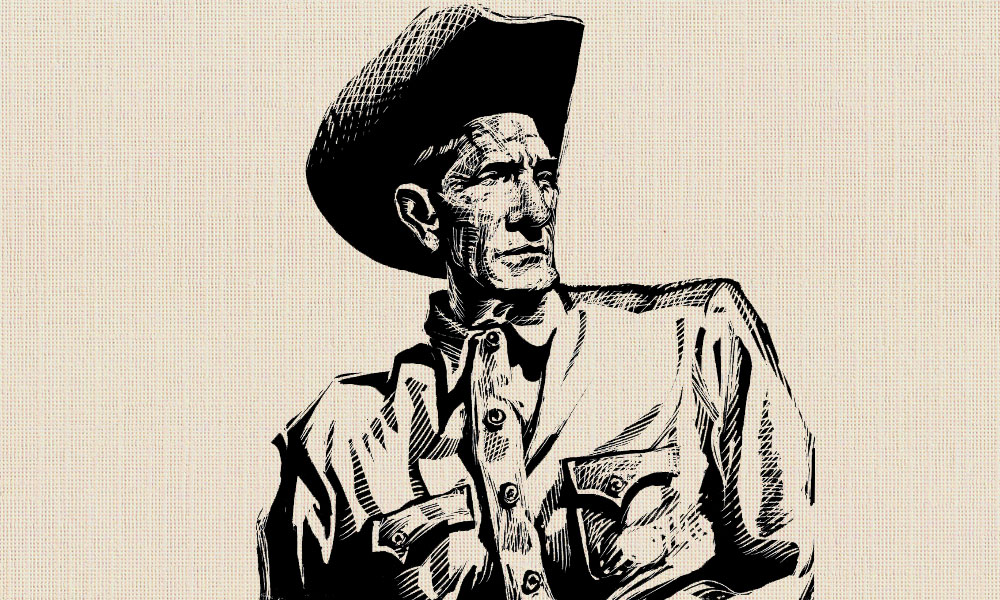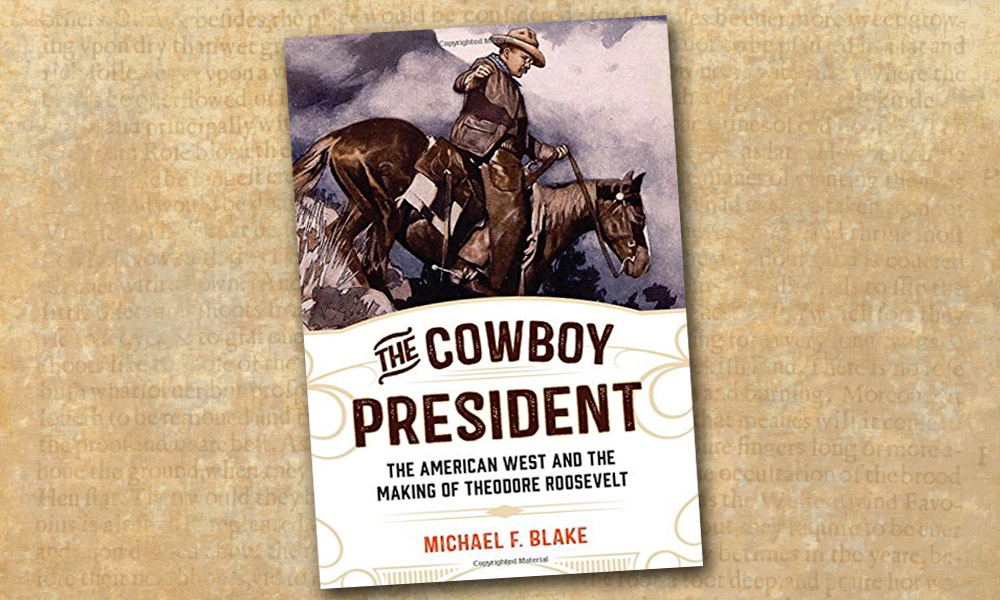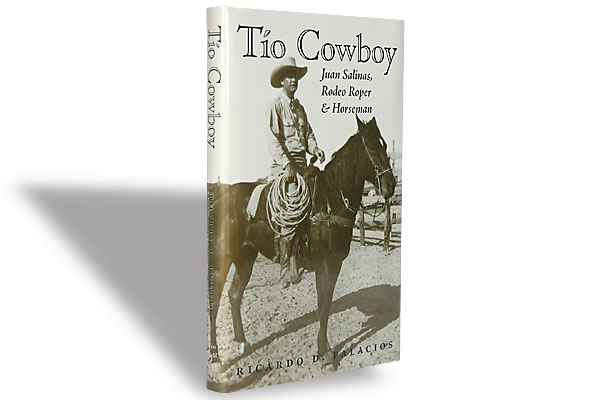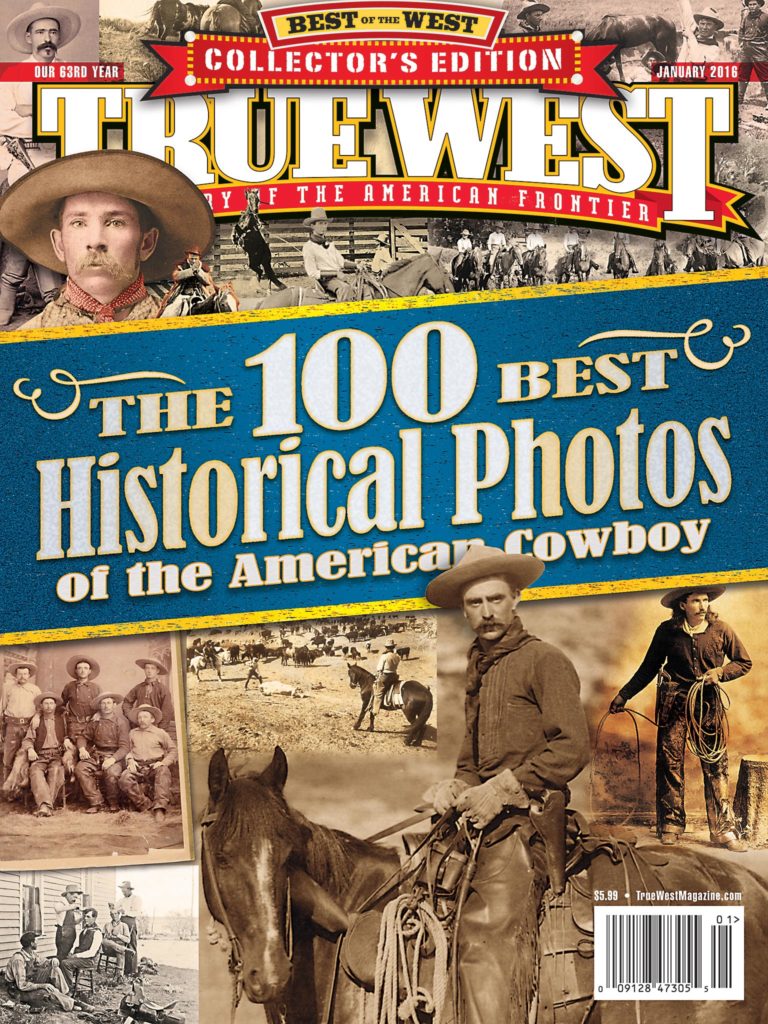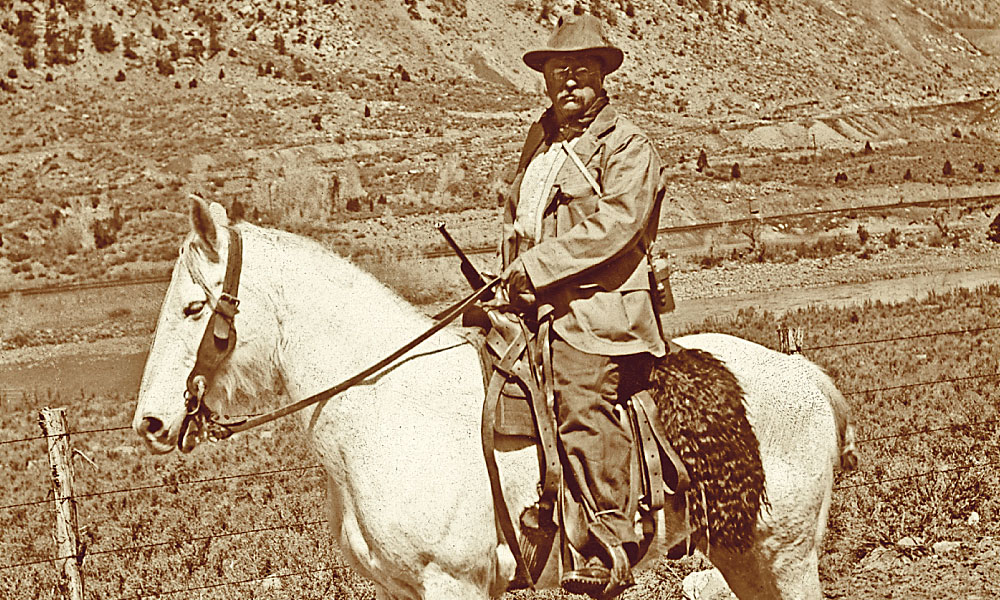
– Courtesy Library of Congress –
Theodore Roosevelt, the 26th U.S. president, is best remembered for his active outdoor lifestyle. Whether one envisions Roosevelt leading the attack on San Juan Hill during the Spanish-American War, helping to build the Panama Canal, organizing huge hunting expeditions or exploring the Amazon, the portrait is of a man of action.
Roosevelt transformed from an Eastern sportsman into an archetypical cowhand in Dakota Territory. In 1883 and 1884, the 25-year-old New Yorker took over two ranches and began what he described as a “free and hardy life, with horse and rifle.”
Any one of his adventure tales might make a worthy survival story on its own. Roosevelt reveled in ranch life “to the full.” Buffalo hunts, moonlighting as a deputy sheriff and even an occasion when a card game of “old sledge” was interrupted by a bobcat all added zest to his life.
When lightning struck one night while on nightrider duty, he ended up in the midst of a panicked herd, trying to restore order in a landscape lit only by thunderbolts. Roosevelt recalled, “I should have been very sorry if my horse had stumbled, for those behind would have trodden me down.”
The chase continued almost until dawn, as Roosevelt’s horse nearly fell and struggled through a patch of quicksand. The other cowboy on night watch fortunately escaped injury when his horse died crashing into a tree in the pitch dark. Half the cattle scattered, and Roosevelt sat 40 hours in the saddle before the cattle were rounded up.
For cowpuncher Roosevelt, wildfire was a constant threat. He almost gleefully described a unique firefighting method he often relied on: “The process we usually followed was to kill a steer, split it in two lengthwise, and then have two riders drag each half-steer, the rope of one running from his saddle-horn to the front leg, and that of the other to the hind leg. One of the men would spur this horse over or through the line of fire, and the two would then ride forward, dragging the steer bloody side downward along the line of flame, men following on foot with slickers or wet horse-blankets, to beat out any flickering blaze that was still left.”
His adventures included an encounter with five Indians who, upon seeing him, drew their rifles and charged at full gallop. Realizing his peril, the cowboy coolly dismounted and aimed his rifle at his would-be assailants. Seeing their prey calmly prepared to fight it out, the Indians slipped to the sides of their horses, turned and galloped away, cussing Roosevelt in multiple languages.
Roosevelt’s ranching world was fraught with perils, often in innocuous places. One night, he obtained the last bed in a hotel. Typical for the period, hotel patrons often shared rooms and beds. The last bed was half of a double bed in a room containing two doubles. Three men were asleep in the room when Roosevelt arrived. After nodding off, he was awakened by the light of a lantern and the gleaming barrel of a cocked .45 in his face. The two men, U.S. marshals, realized that Roosevelt was not their train robbery suspect and took away another tenant of the room.
At a different primitive hotel, Roosevelt sought shelter from a frigid night. Shots rang out in the bar just as he entered. “A shabby individual in a broad hat with a cocked gun in each hand was walking up and down the floor talking with strident profanity,” Roosevelt recalled.
The tough guy called Roosevelt “four-eyes,” a reference to his spectacles, and informed him that Roosevelt was buying the drinks. Roosevelt tried to laugh it off, but the shabby fellow persisted. An accomplished boxer, the cowboy slammed the gunman with a left to the point of the chin, followed by a devastating right. Both pistols discharged, and the man’s head struck the corner of the bar as he toppled.
Roosevelt disarmed the unconscious man and locked him in a shed. Then he returned to the bar to order his dinner. For Roosevelt, barehandedly disarming a gunman was an appetizer. Bully!
Terry A. Del Bene is a former Bureau of Land Management archaeologist and the author of Donner Party Cookbook and the novel ’Dem Bon’z.


